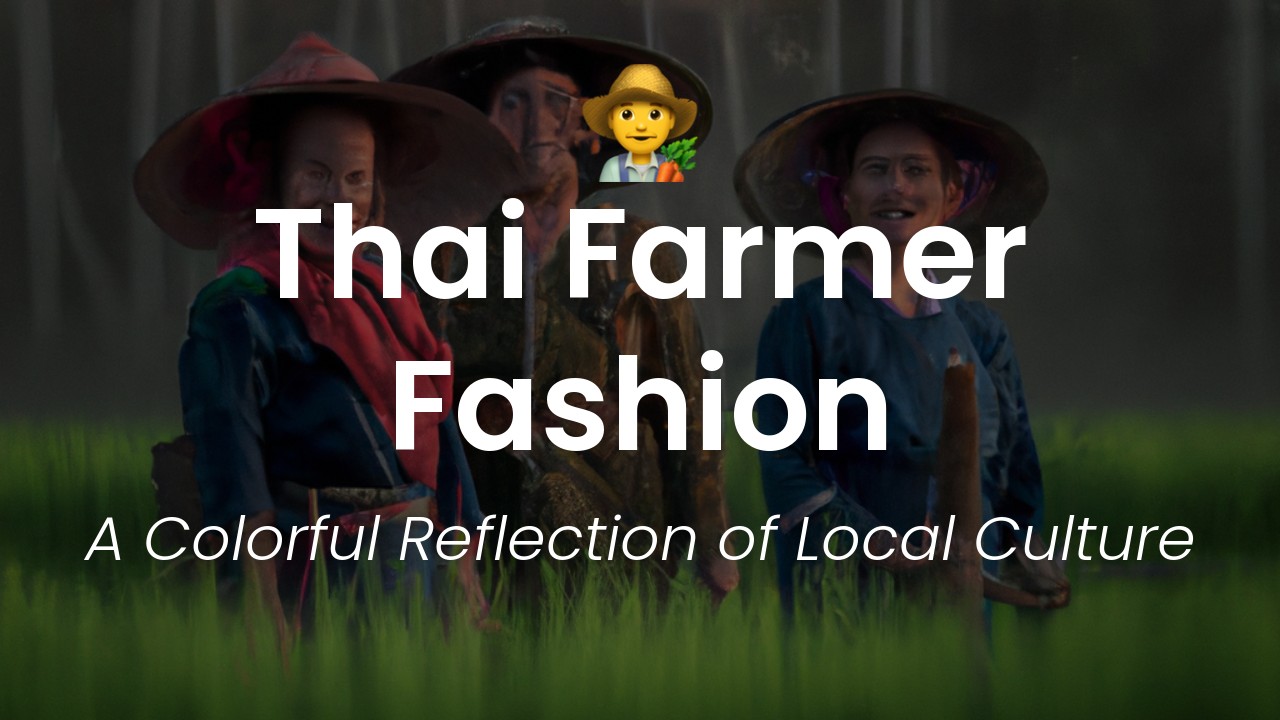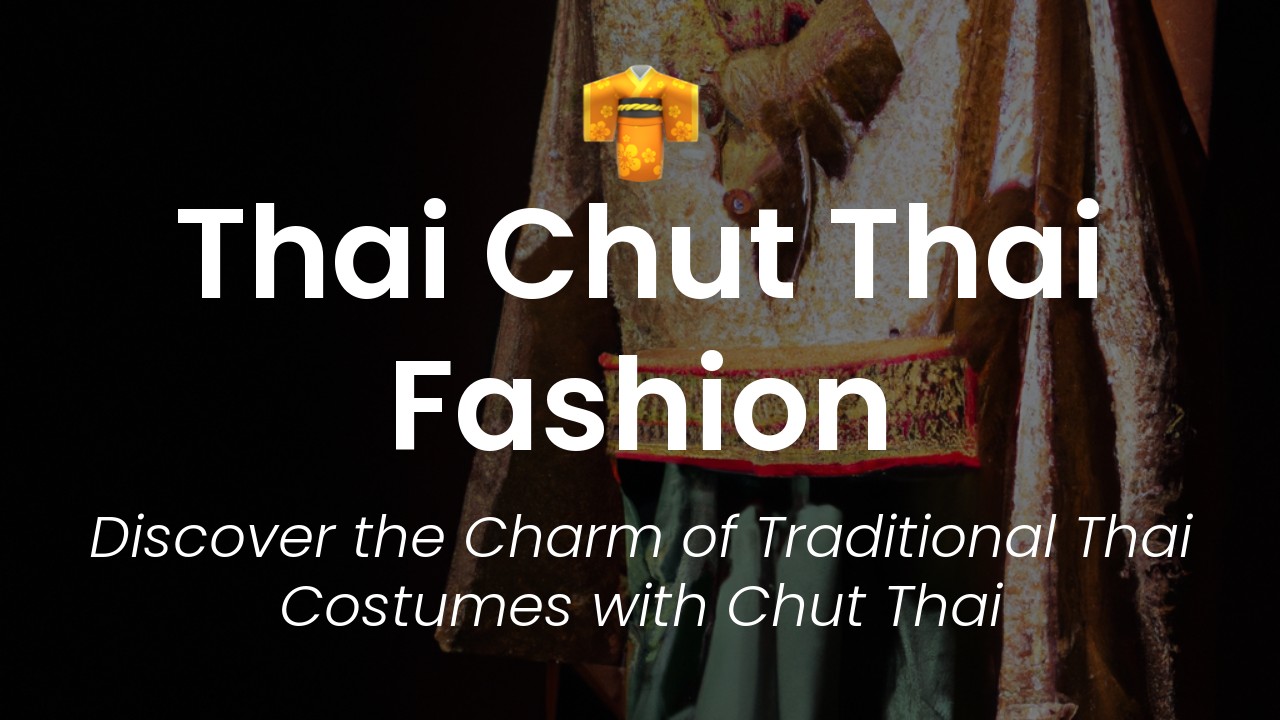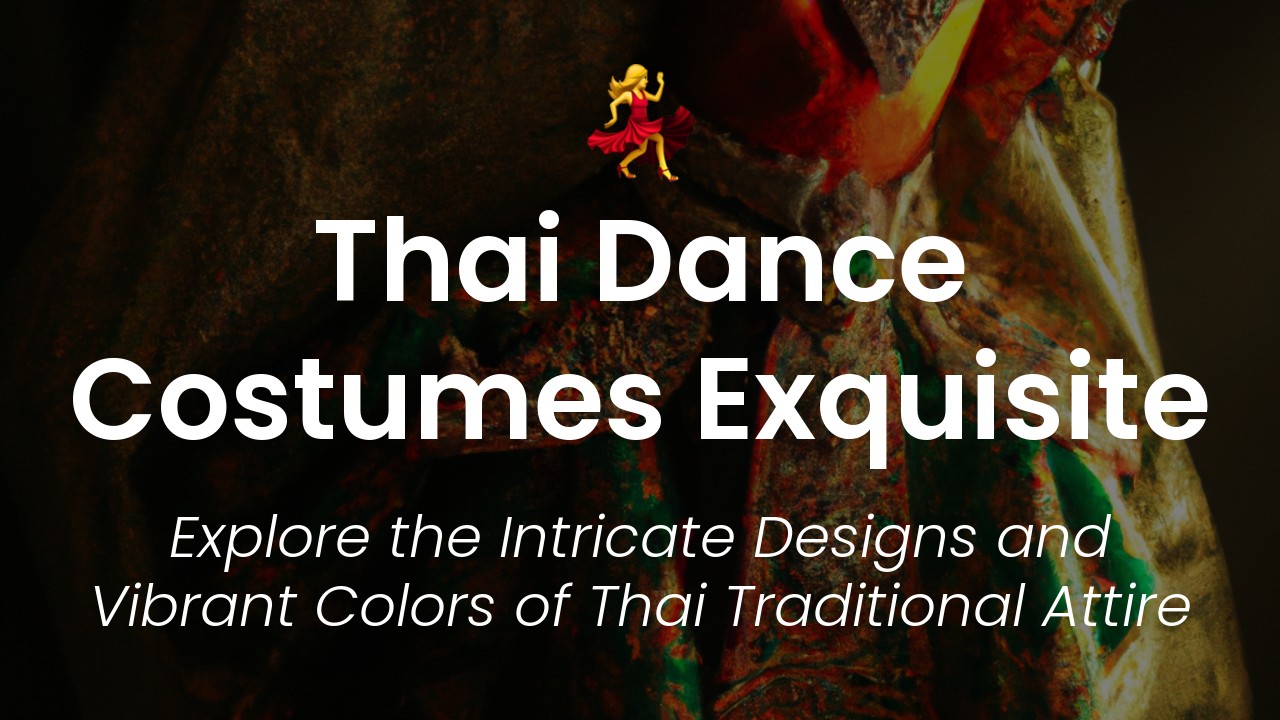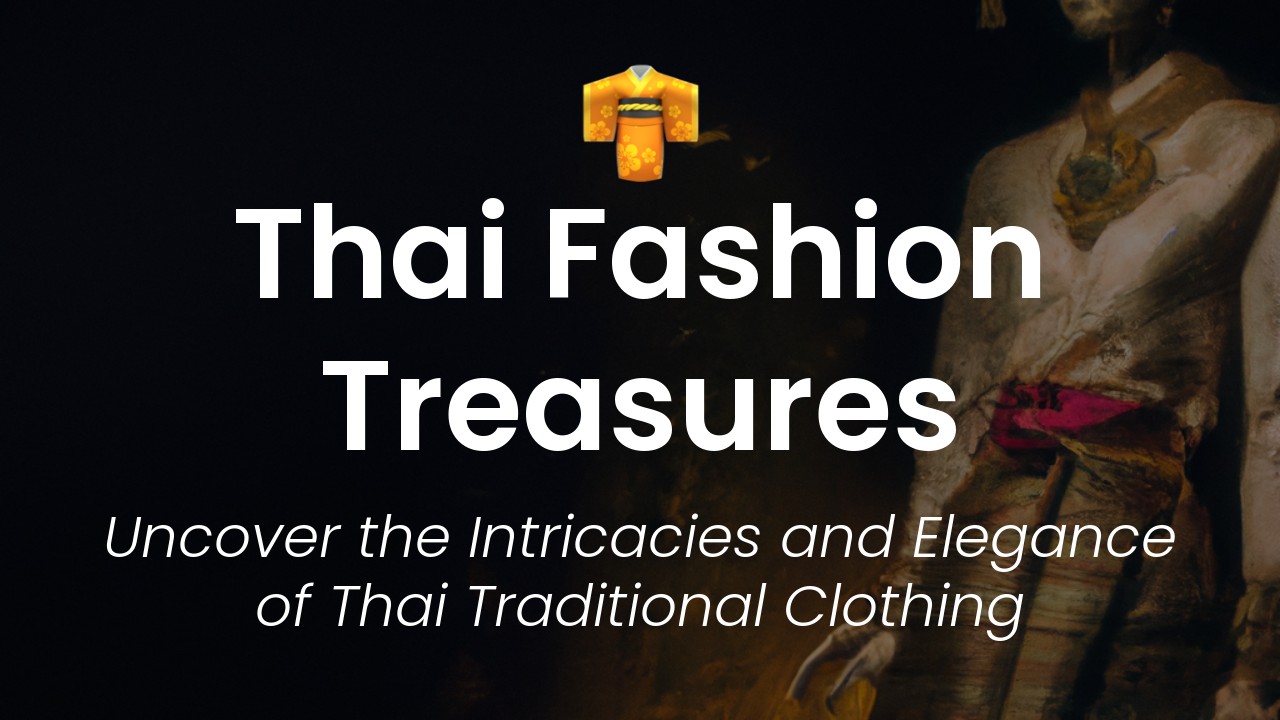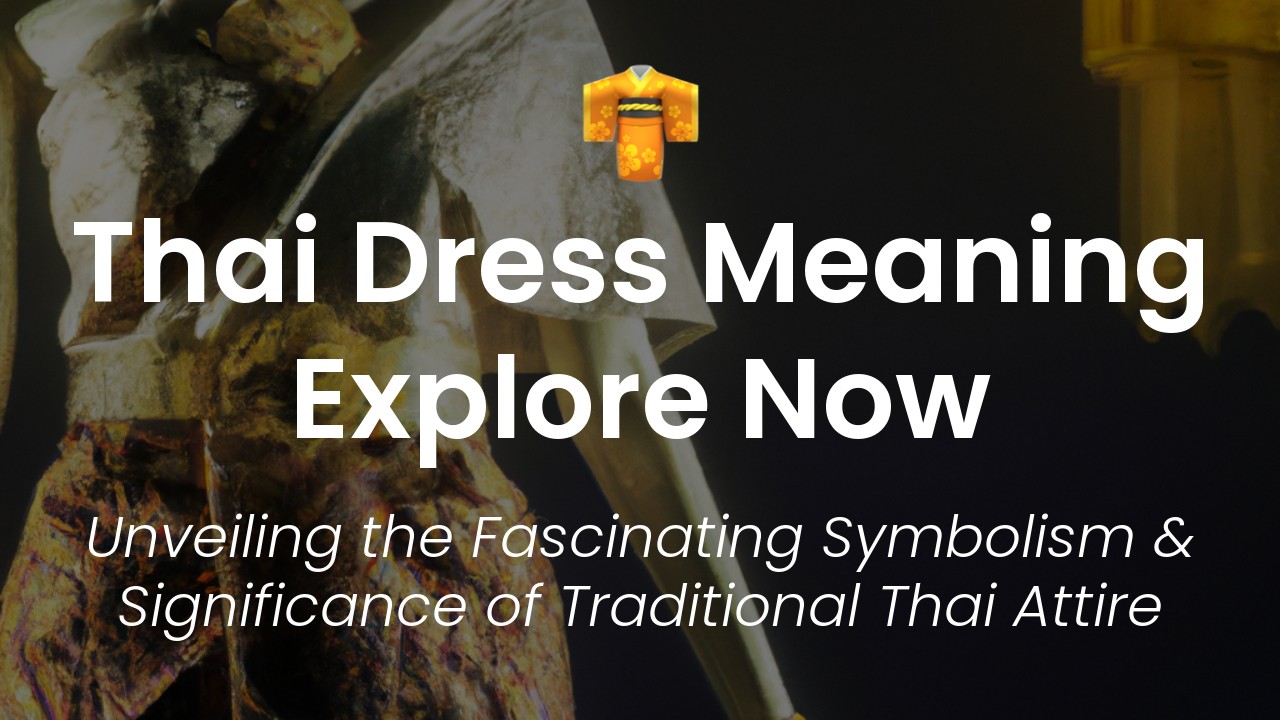Hello and welcome to my blog about Thai culture and tourism! In this post, I'm excited to share with you the vibrant attire of Thai rural farmers. Rural farmers are an important part of Thailand's economy as they produce the majority of the country's agricultural products. While their work is vital to feeding the nation, their traditional attire is equally fascinating and worth exploring.
As I traveled throughout the countryside, I was struck by the bold colors and intricate patterns of the farmers' clothing. Each province had its unique styles and designs, but all shared a common theme of bright hues and intricate embroidery. In many ways, the clothing of rural farmers reflects the beauty and diversity of Thailand's natural landscape.
One common feature of rural farmers' attire is the use of natural materials. Cotton and silk are the most commonly used fabrics, as they are comfortable in Thailand's hot and humid climate. The clothing's design and color also reflect the farmer's social status and religious beliefs. For example, farmers from the north of Thailand traditionally wear thick jackets and trousers made from indigo-dyed cotton. The color blue is considered auspicious and protective in the region's hill tribe cultures.
In this blog post, I'll delve deeper into the history and significance of Thai rural farmers' attire. I hope to provide you with an appreciation of the cultural richness that can be found throughout Thailand's countryside. Join me as we discover the beauty of Thailand's rural farmers' attire!
The Traditional Dress of Rural Farmers
When one thinks of Thai clothing, the first thing that often comes to mind is the graceful and elegant national dress known as the "Chut Thai." However, in rural areas of Thailand, traditional attire far more practical and suited for agricultural work is prevalent. These clothing items worn by rural farmers reflect their occupation, region, and culture.
Thai rural clothing generally consists of a shirt, traditional pants, and accessories such as a hat and scarf. The shirts are typically made of cotton and feature various colors and patterns to represent the occupation and region of the wearer. For instance, farmers who grow rice in the northeastern region of Thailand usually wear shirts that have a check pattern in blue and white. In contrast, sugar cane farmers from the central region wear orange and white checked shirts.
Colors and Patterns Depicting Occupation and Region
In addition to region-specific colors and patterns, some clothing items also reflect the farmers' specific occupation. For example, salt farmers wear black and white checked shirts, while fishermen wear blue and green vertical striped shirts. Such clothing items reflect the cultural and practical connection between the farmers' livelihood and their respective regions' environment. It also gives insight into the history and traditions of the region.
The traditional pants worn by rural Thai farmers are known as "chong kraben." These are wraparound pants made from cotton, making them lightweight and breathable, perfect for agricultural work. They usually come in solid colors with a tie or rope to keep them in place. The pants are used for both men and women.
Materials Used in Thai Rural Attire
The materials used in Thai rural clothing have also adapted over time to suit modern-day conditions. While cotton is still the most commonly used fabric, polyester and other synthetic materials have become increasingly popular due to their durability and low cost. Despite this, many farmers still prefer natural fibers such as cotton since they are comfortable and can easily be washed and dyed.
How Thai Rural Clothing has Adapted to Modern Times
In recent times, Thai rural clothing has also undergone modifications to suit the current way of life. For example, farmers in the northern regions wear jackets made of quilted cotton to keep them warm during the winter months. Additionally, some farmers now wear modern shoes rather than the traditional sandals or no shoes at all. However, despite these changes, the attire still holds a strong connection to Thai culture and remains popular among the rural population.
Supporting Local Artisans by Wearing Thai Rural Clothing
Wearing Thai rural clothing is not only practical for agricultural work but also supports local artisans. With most of the clothing items still made by hand in small villages, wearing the attire provides employment opportunities and preserves local traditions. The unique and vibrant patterns also make for striking photographs, adding to the appeal for tourists looking for an authentic Thai experience.
Where to Purchase Thai Rural Clothing
One can easily purchase Thai rural clothing from several markets in Bangkok, including Talat Rot Fai in Srinakarin and Chatuchak Weekend Market. There's also the Bo Sang Umbrella and Sankampang Handicraft Village in Chiang Mai. These markets offer a wide range of traditional Thai clothing, including rural attire. Still, individuals should be careful to purchase items from verified and ethical vendors to support small businesses and ensure authenticity.
In conclusion, the clothing worn by Thai rural farmers is not only practical for agricultural work but also has deep cultural significance. The unique patterns and colors reflect the farmers' regions, occupation, and traditions, and wearing the attire supports local artisans and preserves Thai culture. It is a practical and fashionable way to celebrate the vibrant and rich history of Thailand.

